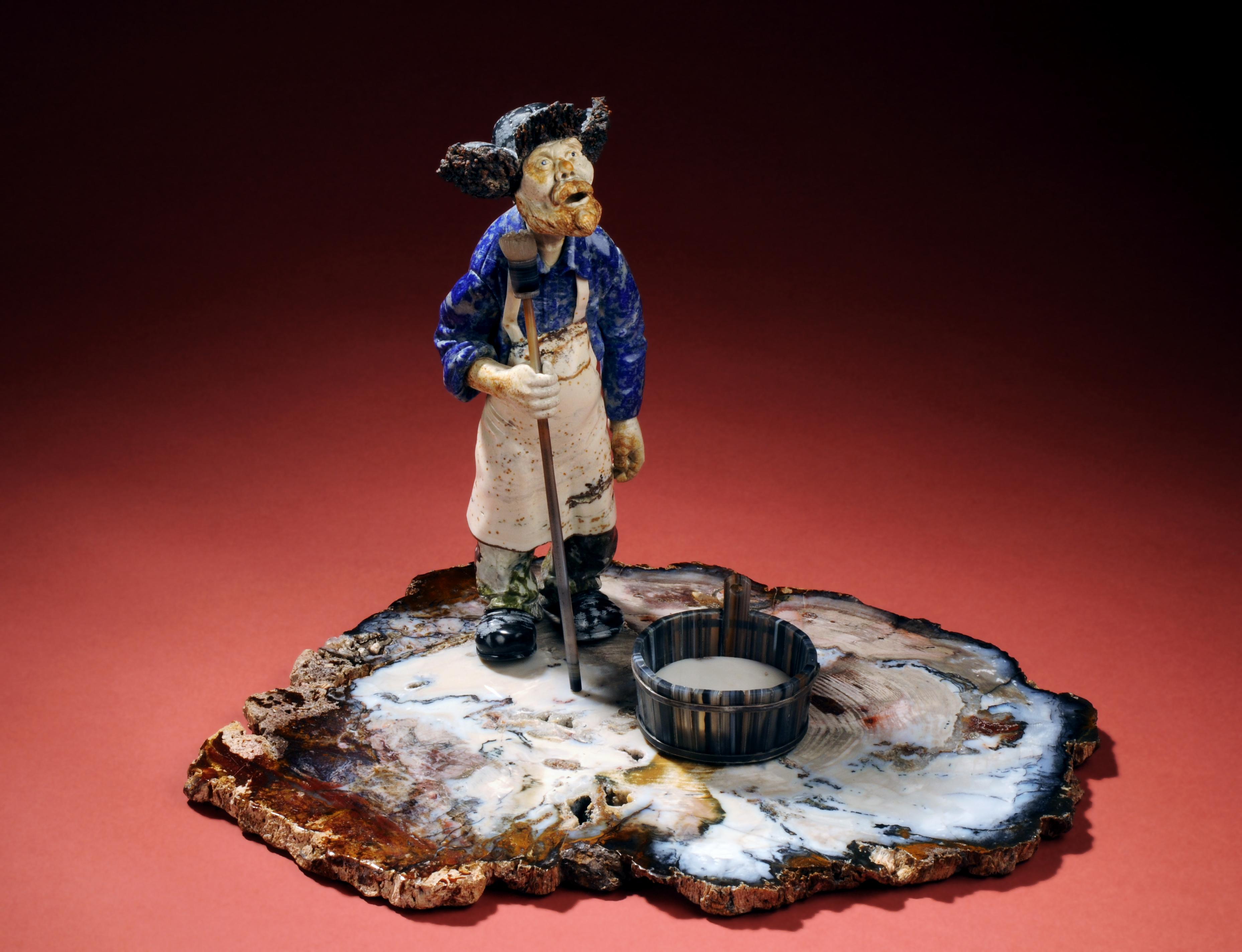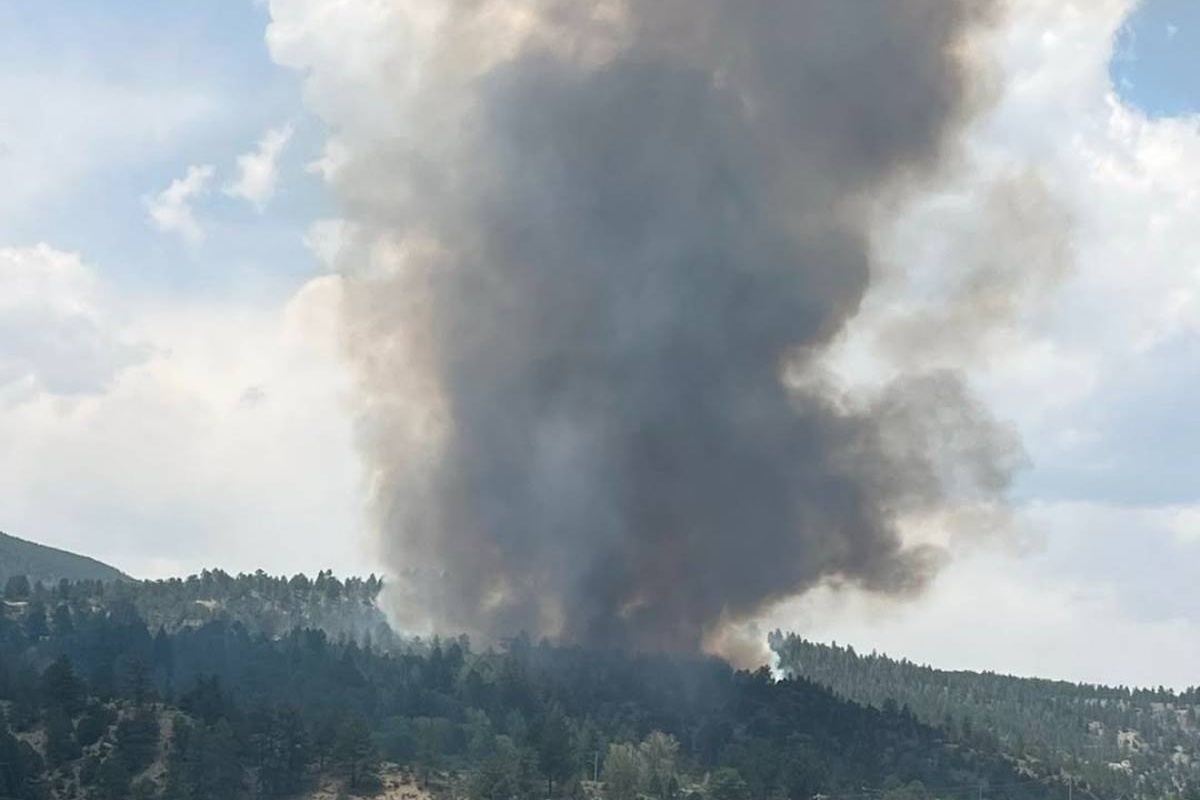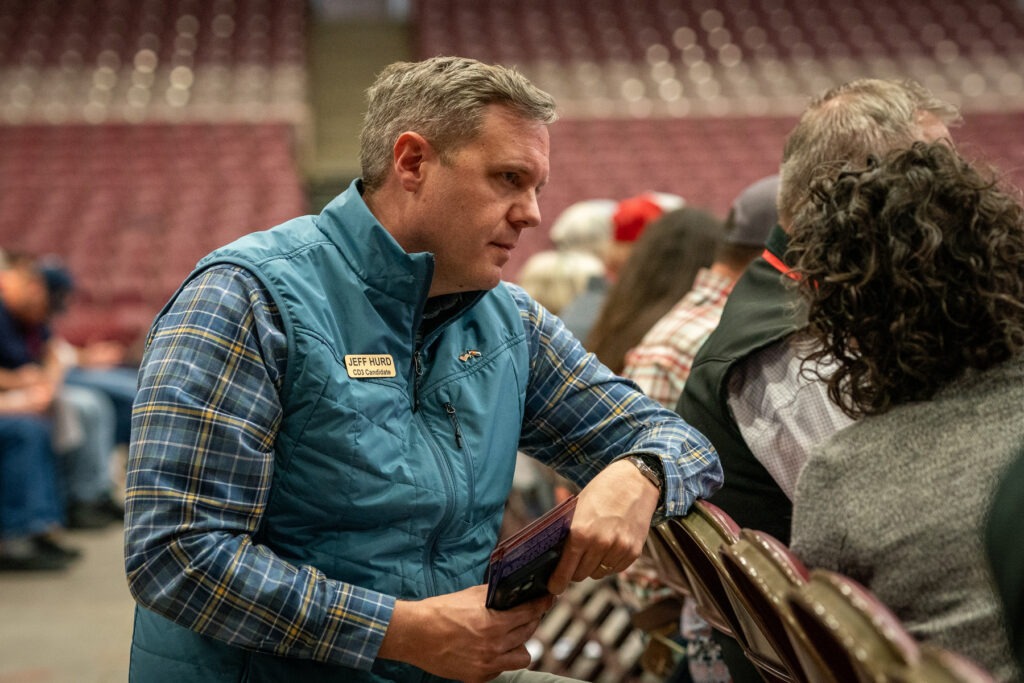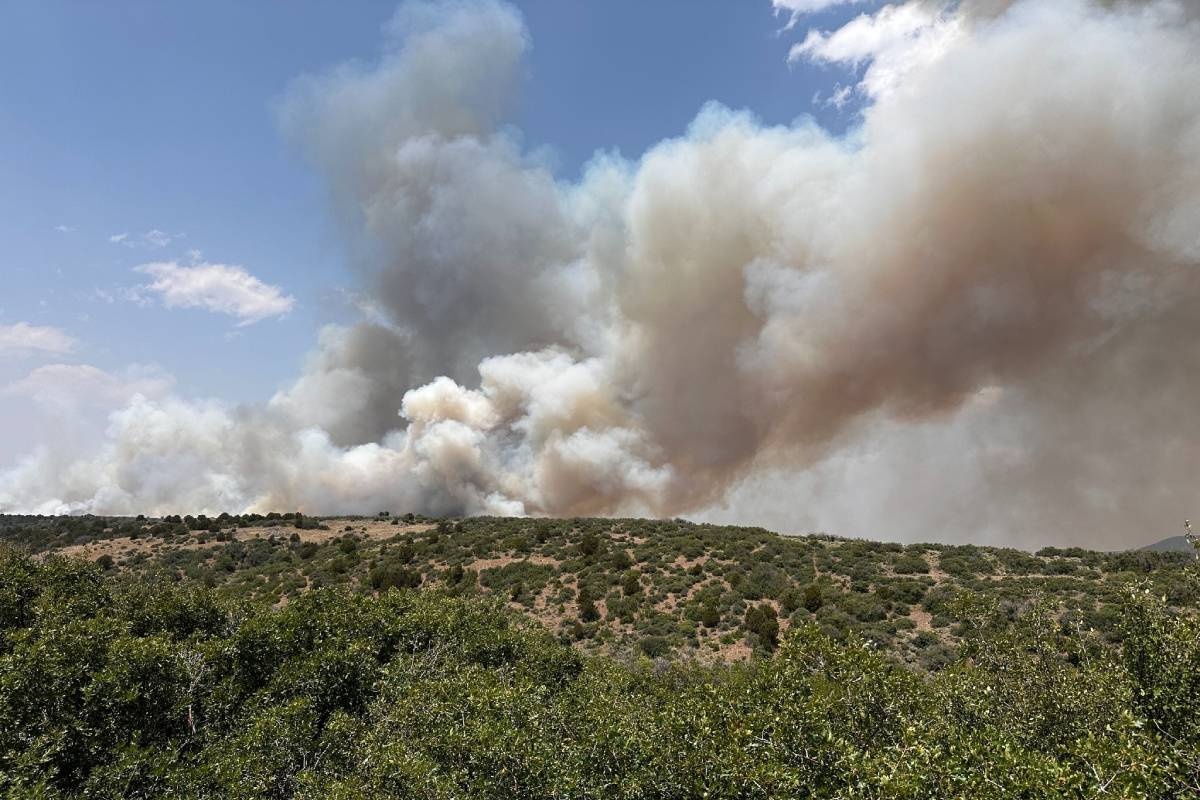
This interview first aired Nov. 24, 2014.
The Denver Museum of Nature and Science is marking the 30th anniversary of when it first displayed a priceless collection of artwork by a late 20th century Russian master sculptor.
The exhibition, “Gem Carvings of Russian Folk Life,” features 20 of Vasily Konovalenko's sculptures, which is the most extensive collection of his work in the world.
When the exhibit opened on March 15, 1984, it was meant to be only temporary. But it's proven so popular it's become a permanent installation.
"Literally there was only one artist in the world who was capable of doing this and that was Vasily Konovalenko," says Steve Nash, curator of archeology for the museum.
His widow, Anna, traveled from Moscow to join the anniversary celebration at the museum. She says Vasily decided gem sculpting was his field in the late 1950s when he realized he could "create sculptures as expressive as a painting."
The sculptures vary in subject, from Siberian prisoners to swan hunters to wealthy women soaking in pools.
"There’s a universal whimsicality to these creations. The faces at once are accurate depictions of people and yet mildly cartoonish, sometimes very cartoonish. And everyone has a sense of humor. It’s one of the culture universals," Nash says. "And then the vibrant colors, the challenge of working with many many different stone types."
Konovalenko's artwork ended up in Denver via Alvin Cohen, a trustee of the museum.
Cohen happened to be friends with a diamond and jewelry dealer in New York City, who provided Konovalenko with stones and gems to work with. Cohen, transfixed by this man’s work, purchased several sculptures and donated them to the museum.
One sculpture is based on a man Konovalenko hired to paint his Leningrad apartment in the 1960s. Konovalenko went to the market while the man worked. When he returned home, Anna recalls he realized the painter had indulged in too much vodka and created a mess.
“Everything around was covered in white paint ... and nothing was properly done," Anna says. "But look at his face. He admire his work. You know, this is very funny.”
Since 2009, Nash and others from the museum have been documenting the significance of these gems and the work of Konovalenko as an artist. They have now published a book about his work.
Tatiana Muntian, a Kremlin official and museum curator from Moscow, accompanied Anna on her visit. Tatiana hopes the Denver museum will agree to a traveling exhibit to display its collection of Konovalenko's work in Moscow. Russian museums have 19 of his sculptures, one less than Denver's collection.
"We hope for further cooperation between our two museums, because art has no borders or limits," Muntian says.








